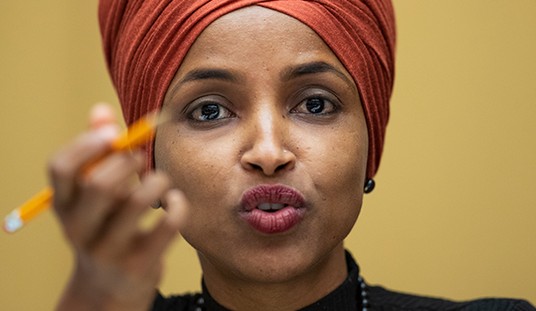Government politicians have been attempting to revitalize a decades-old issue—which they affectionately call public option healthcare—that would create a government-run medical insurance program intended to compete with private insurers. The glaring irony in this disingenuous branding is that the public option is neither public nor optional. Instead, the public option would inject just enough government into the system to prevent private healthcare providers from delivering quality and affordable services, while raising healthcare costs for everyone.
The public option ignores a simple reality that is as strong as gravity: In order to lower prices, the supply of services must become greater and more efficient. Simply forcing healthcare providers to render services will not lower cost or increase quality healthcare, which everyone wants. The natural result of government healthcare mandates for which no supply exists is rationing. Rationed healthcare, by definition, cannot be universal or public in a true sense.
Federal programs such as the proposed public option are almost never fully funded by the tax increases that accompany the new program. Look at Social Security. According to the Social Security Administration, “After the projected trust fund reserve depletion in 2035, continuing income would be sufficient to pay 79 percent of program cost.” That’s a 21 percent funding gap that needs to be filled if the program is to continue at current benefit levels.
When new federal programs are not sustainably funded by the accompanying new taxes, the shortfall must be recuperated from other sources. The same will be true for the public option. Even if the public option initially raised taxes on those who opt-in to the program, it will ultimately result in higher taxes for everyone, making the “optional” program branding a complete misnomer.
Recommended
Increased taxes across the board would result in fewer people being able to afford their preferred healthcare services offered by private insurance, and therefore more people would opt into the government-run public option. This dynamic would all but certainly result in a cycle that gradually increases the cost of high-quality private health insurance, eventually bolstering the perceived necessity for a single-payer healthcare system that does away with private health insurance and results in more expensive, low quality, and difficult to access healthcare.
The solution to our nation’s healthcare challenges is to increase the supply of healthcare in the broadest sense possible. This cannot be achieved by mandates, but by freeing medical professionals and patients from the confines of outdated restrictions. These restrictions and barriers prevent doctors from taking care of their patients, and prevent patients from comparing providers based on price and quality.
For example, access to quality and affordable healthcare could be achieved by freeing medical professionals to practice wherever they are needed. Under our current system, doctors are artificially prevented from practicing across state lines due to regulations that do nothing to help patients. Outdated regulations such as this must be reformed to achieve the quality, affordable, and accessible healthcare that all Americans deserve. If a doctor is certified in an area of medicine – they should be able to practice in that area without limitation.
Federal programs are always presented with the loftiest of intentions and framing, but far too often fall short. Fortunately, in many instances these shortfalls were addressed in response to the COVID-19 pandemic. Telemedicine restrictions were eased – allowing doctors to both prescribe medications, see more patients on more platforms, and get second opinions without overburdensome regulations getting in the way.
The public-option is admittedly well intentioned. But, like the policies that hampered our response to COVID-19, would have drastic and irreparable negative effects on the quality, affordability, and access of healthcare in the United States. And the tax increases that will accompany a public option program negate the very framing of this being an option.
We need options in healthcare – the current system is broken. It isn’t a so-called “Public Option” that we need though. We need a personal option. An option that allows people to shop. An option that encourages competition, price transparency, and return to the doctor-patient relationship. If we are striving to increase healthcare quality, affordability, and access then the answer is less government instead of more.
—Diana Girnita MD, Ph.D. diagnoses and treats adult patients for a wide array of inflammatory arthritis, osteoarthritis, autoimmune diseases, and osteoporosis.
























Join the conversation as a VIP Member